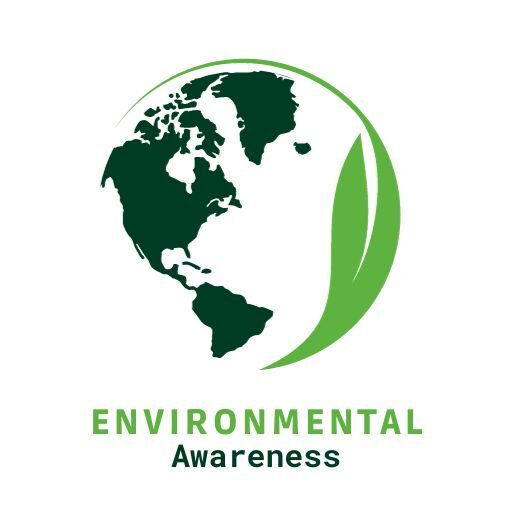
The Scorching Reality: Why Summers Are Getting Hotter Every Year
Introduction
As the sun climbs higher in the sky and the mercury steadily rises, it’s becoming increasingly evident that summers are growing hotter with each passing year. The sweltering heatwaves, parched landscapes, and record-breaking temperatures paint a vivid picture of a planet in flux. But what exactly is driving this alarming trend? In this blog, we delve into the intricate web of factors contributing to the escalating heat of summer, exploring the environmental conditions that are reshaping our world.
-
The Greenhouse Effect and Climate Change:
At the heart of the matter lies the phenomenon of climate change, fueled primarily by human activities. The relentless burning of fossil fuels, deforestation, and industrial processes have led to a surge in greenhouse gas emissions, trapping heat within the Earth’s atmosphere. Carbon dioxide (CO2), methane (CH4), and nitrous oxide (N2O) act as insulating layers, preventing the escape of thermal energy and causing a gradual rise in global temperatures.
During the summer months, this enhanced greenhouse effect amplifies the intensity of heatwaves, prolonging their duration and expanding their geographic reach. Regions once accustomed to milder summers now find themselves grappling with unprecedented heat, straining infrastructure, agriculture, and public health systems.
-
Urbanization and the Heat Island Effect:
The rapid urbanization of landscapes further exacerbates the sweltering conditions of summer. Asphalt roads, concrete buildings, and other artificial surfaces absorb and retain heat, creating what is known as the urban heat island effect. Cities become veritable furnaces, with temperatures soaring several degrees higher than surrounding rural areas.
As urban populations burgeon and concrete jungles sprawl, the heat island effect intensifies, amplifying the discomfort of summer heatwaves. Vulnerable communities, often concentrated in urban centers, bear the brunt of this heat, facing heightened risks of heat-related illnesses and mortality.
-
Altered Land Use Patterns:
Human alterations to land use patterns also play a significant role in driving up summer temperatures. Deforestation, agricultural expansion, and changes in land management practices disrupt natural ecosystems, diminishing their capacity to regulate temperature and moisture levels.
Forests, wetlands, and other vegetated areas act as natural air conditioners, providing shade, releasing moisture through transpiration, and mitigating the impacts of extreme heat. However, widespread deforestation and land degradation diminish these critical ecosystem services, leaving landscapes vulnerable to the ravages of soaring temperatures.
-
Feedback Loops and Tipping Points:
Compounding the issue are feedback loops and tipping points within the Earth’s climate system, which can trigger abrupt and irreversible changes. For instance, the melting of polar ice caps reduces the planet’s albedo, or reflectivity, as dark ocean waters absorb more sunlight than reflective ice surfaces. This leads to further warming and accelerated ice melt, creating a self-reinforcing cycle.
Similarly, the release of methane from thawing permafrost and methane hydrates in ocean sediments amplifies greenhouse gas concentrations, intensifying the greenhouse effect. These feedback mechanisms have the potential to push the climate system past critical thresholds, unleashing cascading impacts on global weather patterns and ecosystems.
-
Impacts on Biodiversity and Ecosystems:
The escalating heat of summers poses grave threats to biodiversity and ecological stability. Many species, particularly those adapted to cooler climates, face dwindling habitats and dwindling resources as temperatures soar. Heat stress, habitat fragmentation, and altered phenological patterns disrupt ecological interactions, jeopardizing the intricate web of life upon which humanity depends.
Furthermore, rising temperatures exacerbate existing pressures such as habitat loss, pollution, and invasive species, pushing vulnerable ecosystems to the brink of collapse. Coral reefs, forests, and polar ecosystems are particularly susceptible to the impacts of climate change, with far-reaching consequences for global biodiversity and ecosystem services.
Conclusion
In summation, the intensifying heat of summers represents a stark reminder of the far-reaching consequences of human-induced climate change. From the relentless emission of greenhouse gases to the unchecked expansion of urban landscapes, a myriad of factors converge to fuel this alarming trend. Addressing the root causes of climate change demands urgent and concerted action, from decarbonizing economies to preserving and restoring natural ecosystems. Only through collective effort and global cooperation can we hope to mitigate the impacts of rising temperatures and safeguard the future of generations to come. As the mercury continues to climb, the time for decisive action is now.




